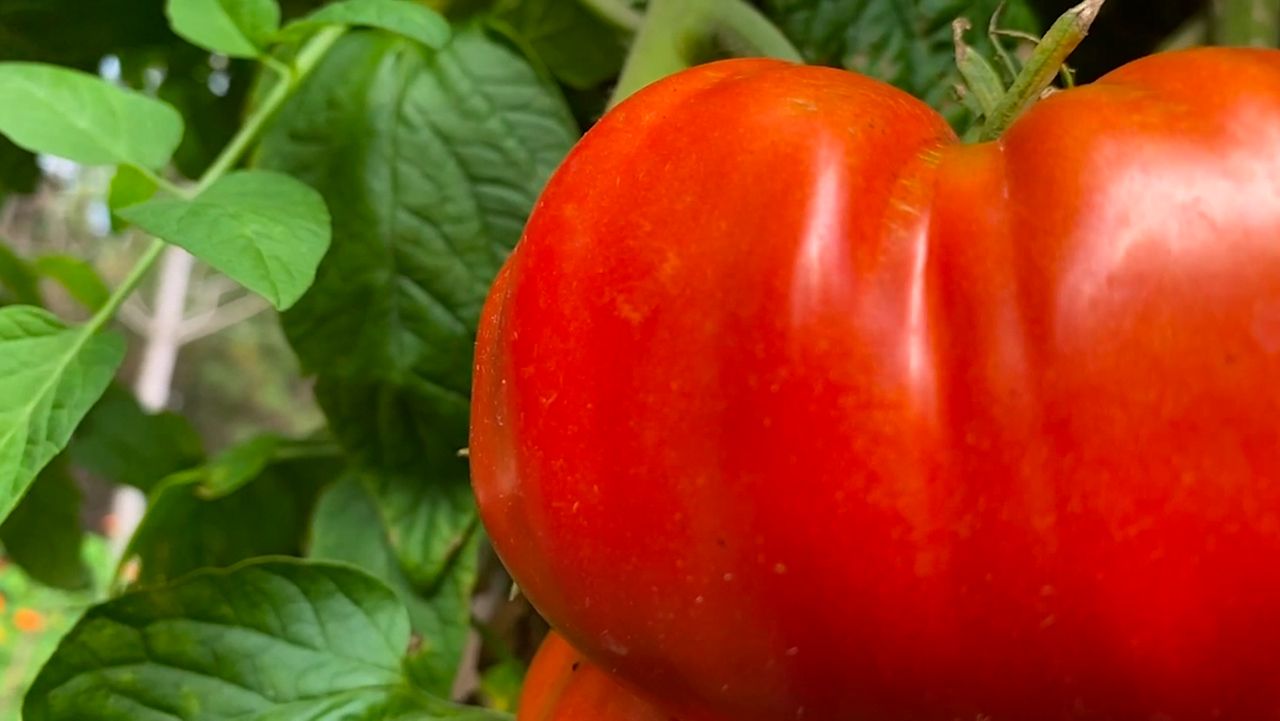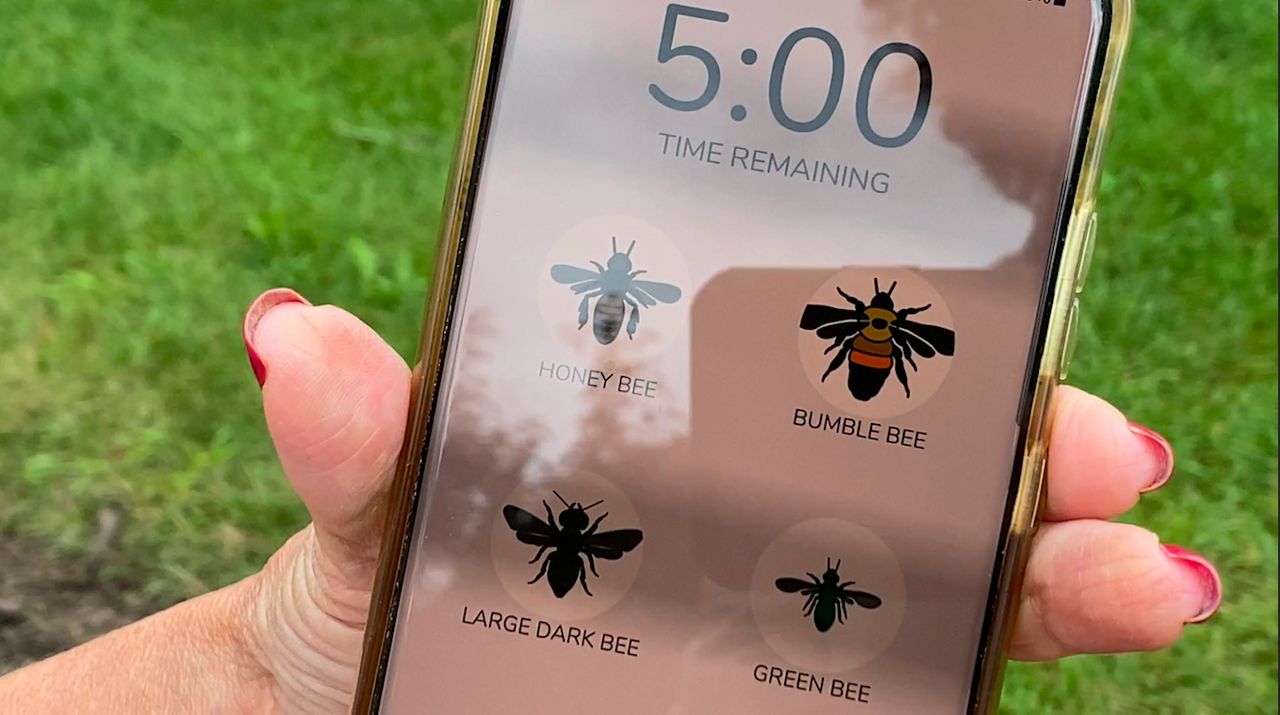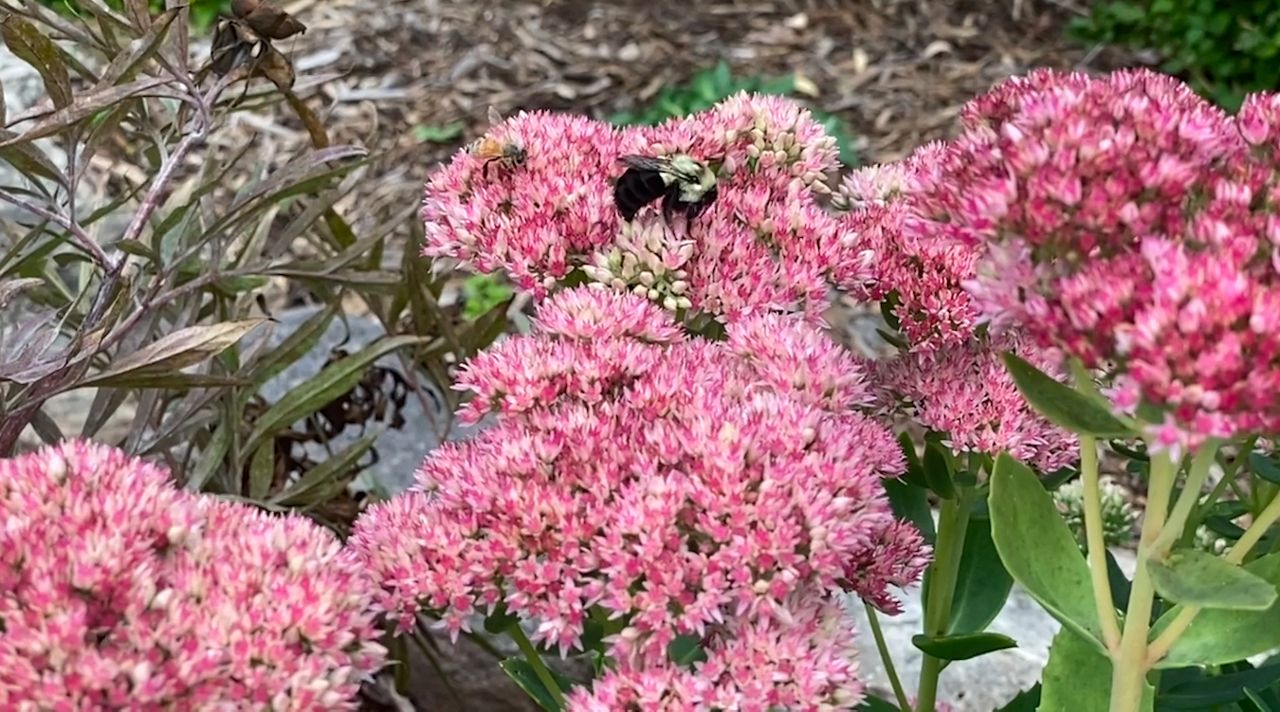HORTONVILLE, Wis. — A new smartphone app created by the University of Wisconsin-Madison uses crowdsourcing to gather data on wild bees. The information could help growers attract some of the more than 400 types of wild bees in the state.
Over the last 18 months, WiBee app users have been taking quick surveys of their plants and uploading the data.

“I love it. It’s so simple. It’s so easy to use,” said Kelly Viaene, a Master Gardener. Viaene added pollinator plants next to her vegetable garden this year and got her biggest yield ever.
“We have donated 162 pounds of fresh produce to our local pantry,” said Viaene. “We couldn’t be more blessed. I do believe it’s due to the pollinators.”
Viaene’s taken 55 bee surveys. The data is useful for scientists to analyze but she’ll study her results over the winter as well, to determine which plants brought in the most pollinators.

Growers across the state can also access WiBee data. They can determine which plants are best suited for their situation.
“There are so many features of the habitat that affect the bees at a very local scale,” said Claudio Gratton, a UW-Madison entomology professor. “How many flowers are there? What are your neighbors doing? Things like that.”
Scientists couldn’t cover enough ground on their own to gather accurate data. Agriculture, waterways, forest land, and weather patterns all play a part in how bees interact with their surroundings.

"We couldn’t be in enough places enough times to make sense out of what the patterns were,” said Gratton. “We’re going to be able to build a better picture of what these bee communities look like and how they are changing over time.”
A strong wild bee population could help economically in the state. Apple, cherry, and cranberry growers rely on pollinators and often use a service to rent bees.
The app comes with a quick training video and an identification guide is available for download.
Viaene enjoyed taking the surveys and hopes the data she collected brings an even bigger vegetable harvest next year.
